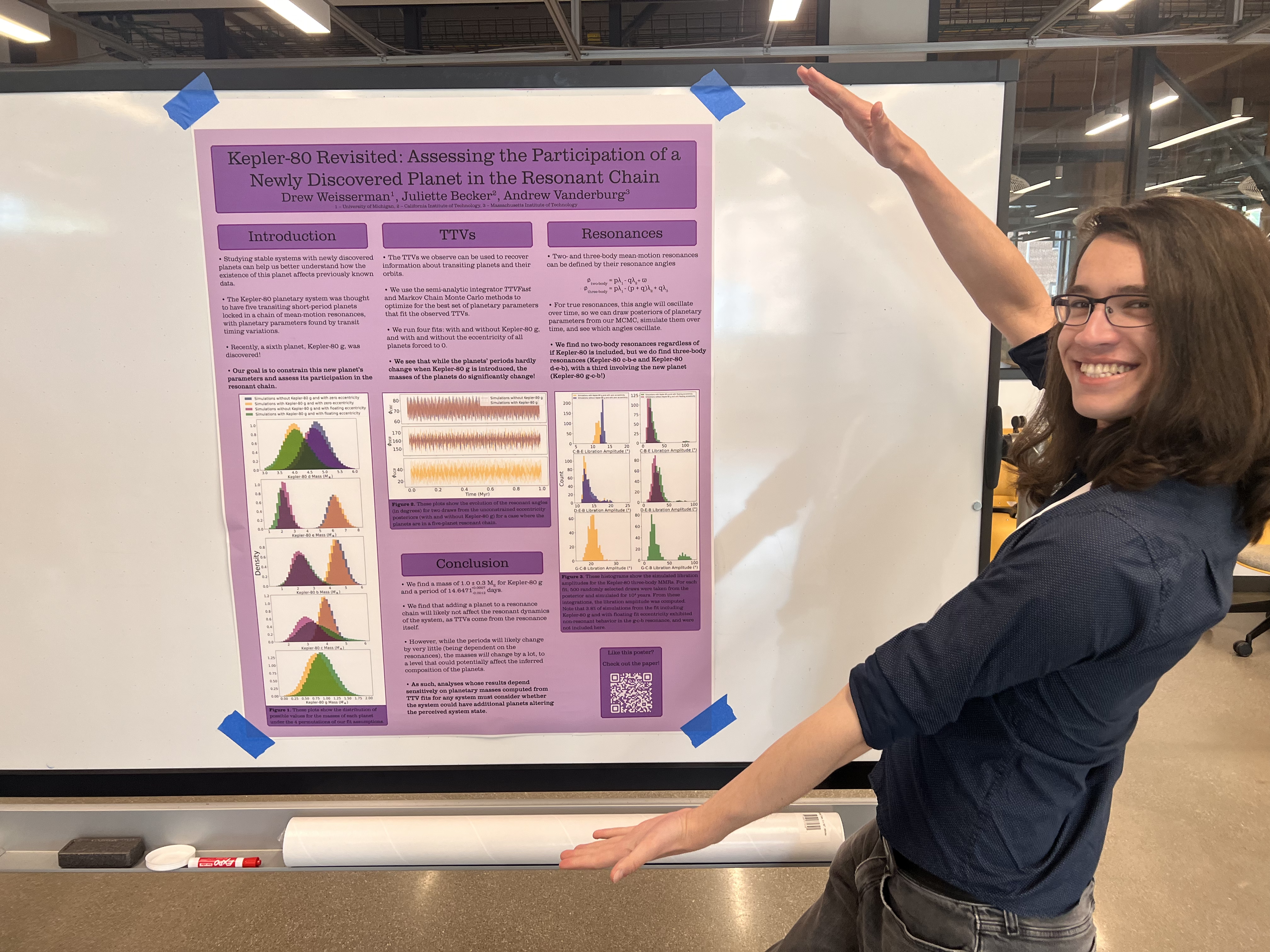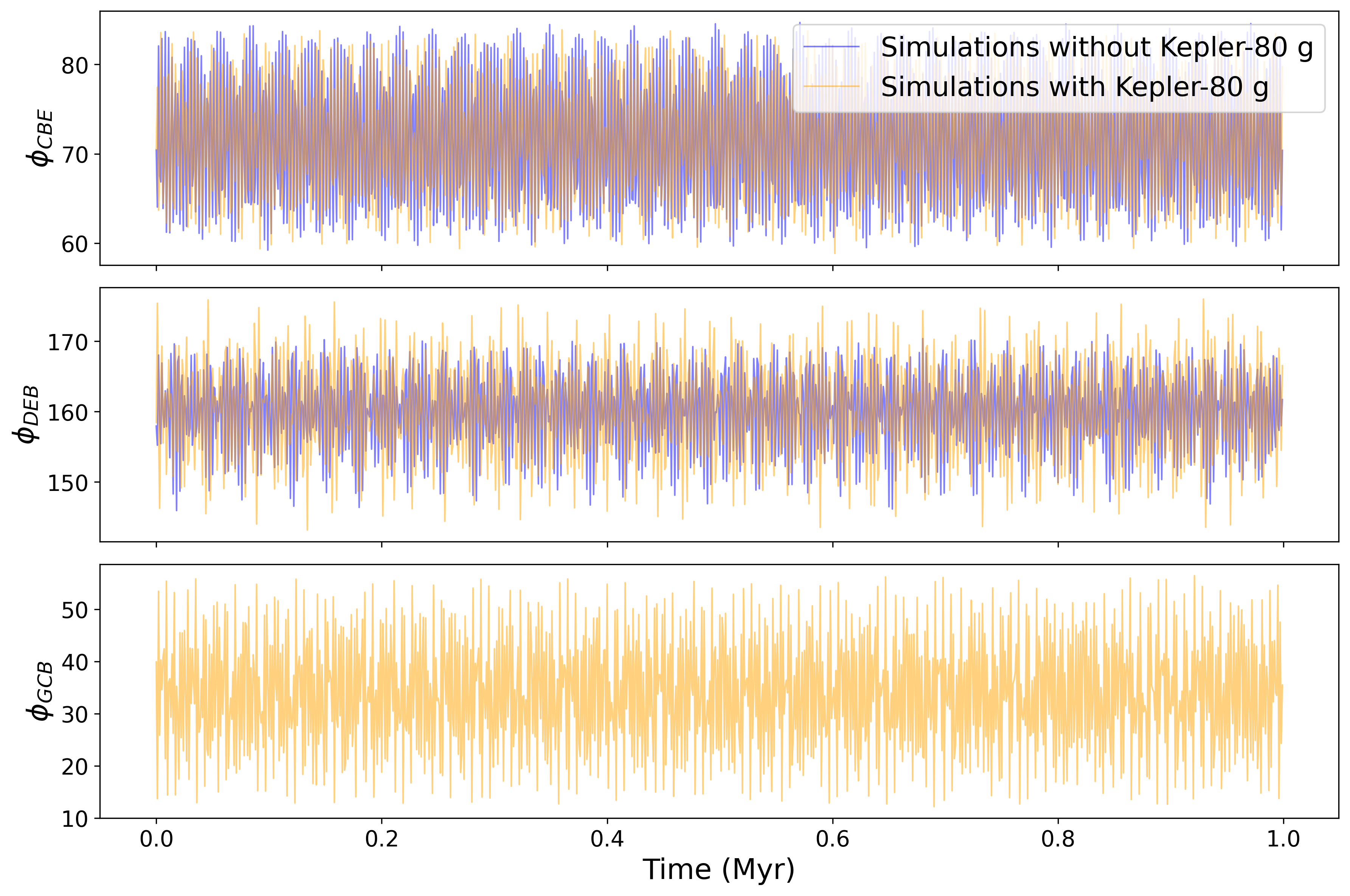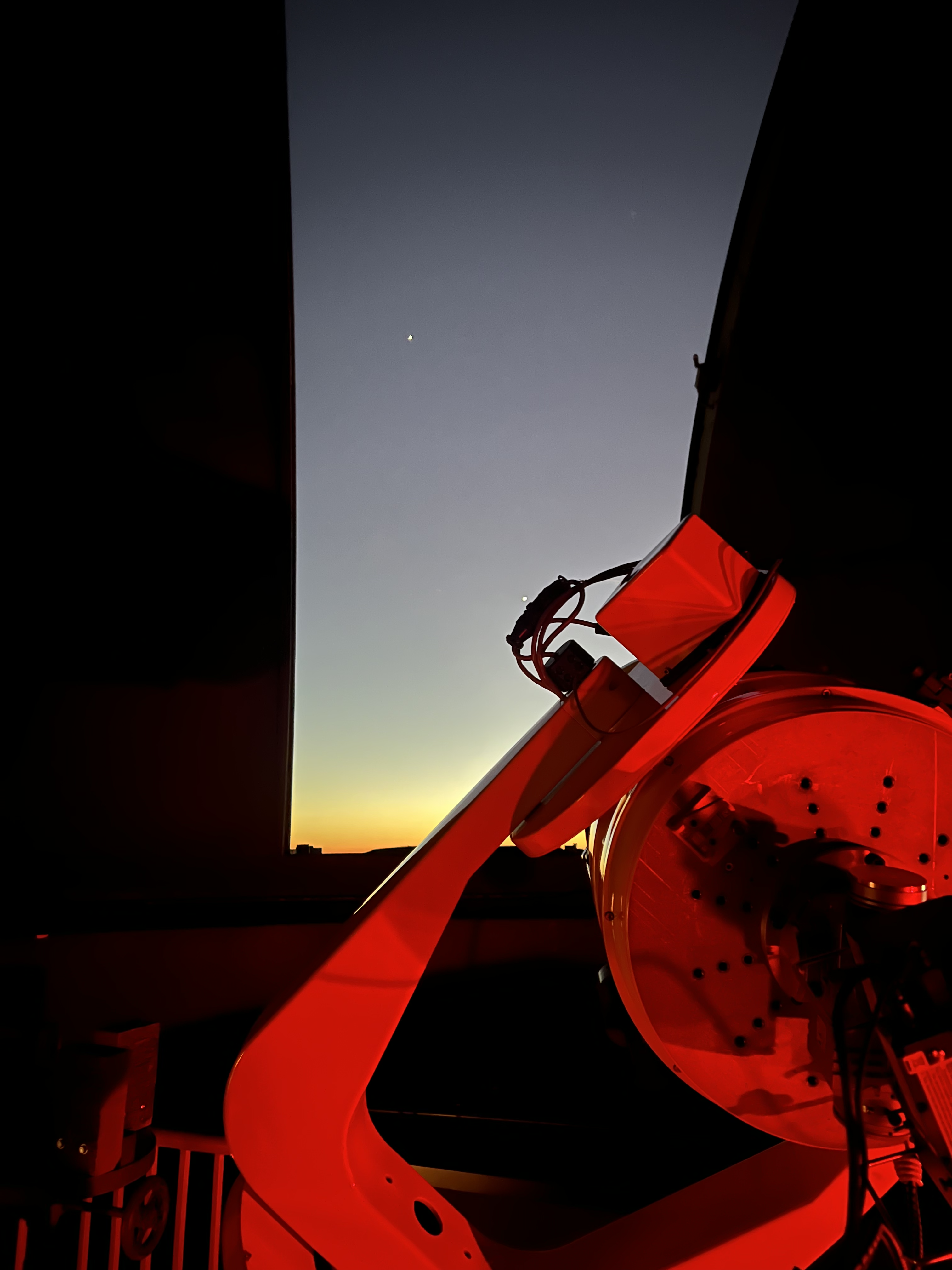About Me

Hi! I'm Drew Weisserman, an incoming master's student in Physics & Astronomy at McMaster University. Beginning September 2023, I will be studying super-Earths around M-dwarfs under the supervision of Dr. Ryan Cloutier. Following this, I plan to pursue a career in exoplanet studies -- specifically exoplanet dynamics -- and continue asking questions about the universe that have never been asked before.
I am incredibly passionate about public outreach in STEM, and I believe that being able to effectively communicate ideas and get people to engage with science is the single most important skill that a scientist can have. I love teaching, and go out of my way to tutor, teach, or educate others about science, be it through teaching assistantships or through outreach.
Outside of research, I really love drawing and creating digital art! (Turns out maps are REALLY fun to draw, weirdly enough.) I also really enjoy baking, and I hope my friends enjoy the fruits of THAT labor too!
Publications: Here's a list of all of my publications!
Research

I've done a number of research projects. Here are some of my favorites so far!
Using the Near-Infrared Planet Searcher to Study Compositions of Rocky Planets around M Dwarfs
The 'radius valley' refers to the phenomenon whereas medium-size planets (between 1.5x-2x Earth's radius) are significantly less common than more or less massive planets. While we have many theories for why this may be, evidence suggests that the causes for this feature around M dwarfs (low-mass stars) may be different than for around solar-mass stars.
During my master's program, I am using the Near-Infrared Planet Searcher (NIRPS) at the La Silla Observatory to perform long-term monitoring of planets orbiting M dwarfs in and around this radius valley. Through this long-term observation, we hope to obtain very precise masses and compositions of these planets, which will let us more effectively constrain potential causes of the radius valley around M dwarfs.
Kepler-80 Revisited: Assessing the Participation of a Newly Discovered Planet in the Resonant Chain
The Kepler-80 planetary system was originally thought to be a system of five transiting planets in a chain of three-body mean-motion resonances, with masses inferred from transit timing variations (TTVs). Recently, a sixth planet was discovered in the system as well! In our paper, we set out to solve for the planetary parameters of this new planet and analyze the new planet's effect on the other planet's masses and resonances.
Ultimately, we find that Kepler-80 g not only has very little effect on the existing resonances of the system, it actually participates in a three-body resonance itself!
However, its existence does noticeably affect the inferred masses of the other planets, to a degree that could affect their inferred composition, meaning that any planets with TTV-derived masses must consider whether undiscovered planets could be altering these masses before you use them.
Visible and Near-Infrared Monitoring of Variable Young Stars
Long-term monitoring of young stars can give us a good insight into early star and planet formation. Over 12,000 images of over 40 young stars in 7 optical and IR bands have been taken since 2018 by the Rapid Eye Mount Telescope at the La Silla Observatory.
In this project, I develop a pipeline from scratch to estimate the brightness of the stars in these images. We create a script to fix incorrect astrometric solutions for many of these images, and develop a profile fitting script to generate solutions for saturated images as well!
Contact
Email: weisserd@mcmaster.ca
Address: A.N Bourns Science Building, College Ct, Hamilton, ON L8S 4L8, Room ABB-327



